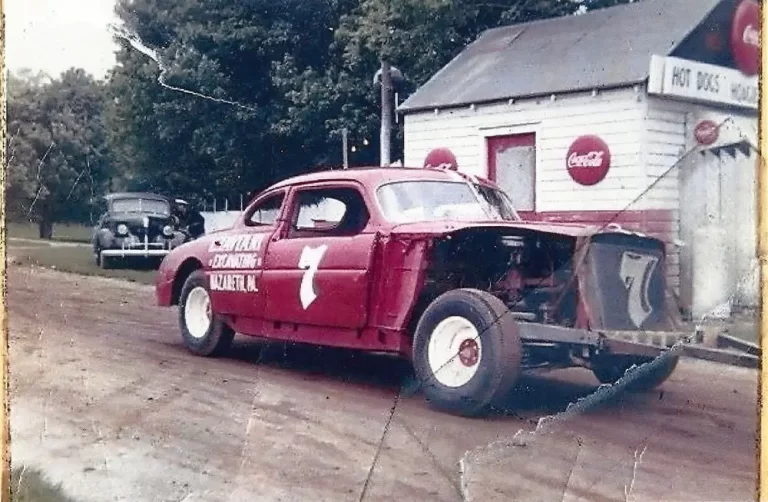Tragedy struck the streets of Chicago on this day in 1950 when 33 people died in what was the greatest public transportation disaster in US history to date. The Chicago Transportation Authority’s fleet of electric streetcars were known as Green Hornets. It was aboard one of these trolleys in which the fates of those who passed away, along with 30 who were gravely injured, were riding when driver Paul Manning ignored or did not see a flagman who was diverting trolleys away from a flooded underpass which made the tracks impassable due to heavy rains the night before. Trolleys moving southbound along 63rd street were being detoured to a turnaround track, meaning there was a switch in the tracks that would send them around a corner. Manning was controlling his Green Hornet, one of the newest in the fleet, at a dangerously high 35 mph when he blew by the flagman. Seconds later the trolley was thrown from its straight course to the diversion track, which also happened to put the train into oncoming traffic. As the trolley went around the bend passengers were thrown from their seats and a moment later it was on course to run head on into a tanker truck with 8,000 gallons of fuel aboard. The imminent collision sent fireballs as high as three stories into the sky and enveloped the neighborhood, causing damage to nearby buildings and cars, luckily nobody in the street was seriously injured. The emergency exits on the trolleys proved insufficient, as there was only one door that could be opened from the inside, which was in the middle of the train car. A 14 year old girl was able to open it before it fused closed, allowing for 30 people to crawl from the wreckage, all with severe burns. The windows all had metal bars across them, making them impossible to exit out of and the other doors were designed to open from the outside only or by a switch at the driver’s control. Both the driver of the trolley and the fuel truck, Mel Wilson, died in the collision, making the investigation difficult to conclude as to why Manning missed the flagman’s signal.
Soon after the accident streetcars began to be replaced with buses of which drivers had much more control. The last Green Hornet made its run on June 21, 1958.
The best way to support This Day in Automotive History is to become a monthly subscriber on Facebook.
Subscriber benefits include:
- Most importantly, you’re supporting great content about Automotive History
- Early access to content on Facebook
- Discounts on our store
- Special live videos
If you learned something today, please buy me a beer!
Recent Posts

April 25, 1959 – Mario Andretti makes US racing debut
April 25, 2024

April 24, 1957 – Origins of the Nissan Skyline
April 24, 2024

April 22, 1996 – Mercedes SLK class debuts at Turin
April 22, 2024

The Cute Ute – 1964 Ford Ranchero for Sale
April 22, 2024

Is Restoring a Classic Car Worth Your Time and Investment?
April 22, 2024
This Day in Automotive History - the book!

This Day In Automotive History
By Brian Corey
This book tells fascinating tales, bringing individual days to life with short stories, photographs and illustrations.

This Day in Automotive History
This Day in Automotive History is a transportation history, car history and general automotive history website dedicated to providing informative and entertaining content.
We encourage you to share our page and connect with us on Facebook or sign up for our automotive history newsletter. If you’d like your car featured, reach out to us!
We encourage you to share our page and connect with us on Facebook or sign up for our automotive history newsletter. If you’d like your car featured, reach out to us!
Related Posts

April 25, 1959 – Mario Andretti makes US racing debut
April 25, 2024

April 24, 1957 – Origins of the Nissan Skyline
April 24, 2024

April 22, 1996 – Mercedes SLK class debuts at Turin
April 22, 2024

The Cute Ute – 1964 Ford Ranchero for Sale
April 22, 2024
SUBSCRIBE TO OUR NEWSLETTER!
Connect with us on Facebook or sign up for our automotive history newsletter to keep in touch.






